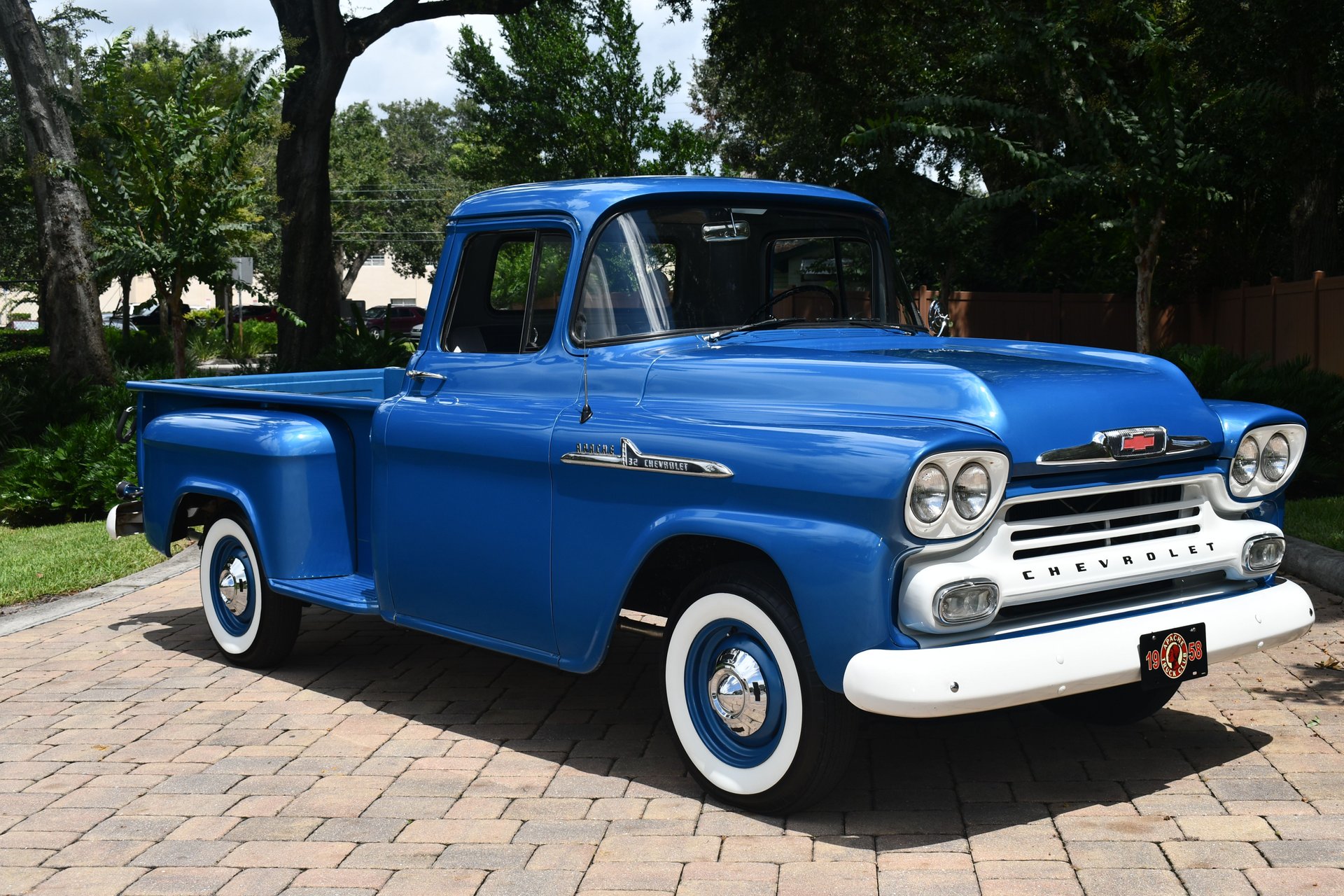Unveiling the Powerhouse The Work Truck Trailer Chassis
Introduction (150 words): Work truck trailer chassis play a crucial role in the transportation industry, serving as the backbone for hauling goods, equipment, and materials. These robust and versatile platforms are built to withstand heavy loads and demanding environments, making them an essential component for various industries such as construction, agriculture, logistics, and many more. In this article, we will explore the significance of work truck trailer chassis, their key features, and their impact on improving efficiency and productivity in the modern workforce. 1. Understanding Work Truck Trailer Chassis (350 words): Work truck trailer chassis, also known as semi-trailer chassis or truck trailers, are specifically designed to support and carry goods or cargo. They consist of a frame structure that supports the trailer and connects it to the truck, providing stability and structural integrity. The chassis can be detachable or integral, depending on the type of trailer and its intended purpose. 2. Types of Work Truck Trailer Chassis (400 words): There are various types of work truck trailer chassis available to cater to different industry needs. These include flatbed chassis, lowboy chassis, container chassis, tank chassis, and refrigerated chassis, among others. Each type has its own unique features and specifications, allowing for the efficient transportation of specific cargo types. 3. Key Features and Components (500 words): Work truck trailer chassis are engineered to offer durability, strength, and versatility. Some of the key features and components include: a) Frame: The frame of a work truck trailer chassis is typically made of high-strength steel, which provides the necessary rigidity to support heavy loads. The frame is designed to distribute weight evenly across the structure, ensuring stability during transportation. b) Suspension System: The suspension system plays a crucial role in providing a smooth and stable ride by absorbing shocks and vibrations. Various types of suspension systems, such as leaf spring, air suspension, or torsion bar suspension, are utilized based on the intended application and load requirements. c) Axles and Wheels: Work truck trailer chassis are equipped with multiple axles and wheels to distribute the load evenly and provide sufficient braking power. Axles may be rigid or have suspension systems to enhance maneuverability and stability. d) Braking System: The braking system of a work truck trailer chassis is designed to ensure safe and controlled stopping. It typically consists of hydraulic or air brakes, which are activated by the truck's braking system. e) Coupling Mechanism: The coupling mechanism connects the work truck trailer chassis to the truck, ensuring a secure and stable connection. Common coupling mechanisms include fifth-wheel hitches, gooseneck couplers, and pintle hooks. 4. Advancements in Work Truck Trailer Chassis (600 words): With technological advancements, work truck trailer chassis have undergone significant improvements to enhance their performance, safety, and efficiency. Some notable advancements include: a) Lightweight Materials: The use of lightweight materials, such as aluminum alloys and advanced composites, has allowed for the reduction of overall weight without compromising strength and durability. This leads to improved fuel efficiency and increased payload capacity. b) Telematics and Connectivity: Integration of telematics systems in work truck trailer chassis enables real-time monitoring of critical parameters such as location, load status, tire pressure, and fuel consumption. This data helps fleet managers optimize routes, plan maintenance, and improve overall operational efficiency. c) Advanced Safety Features: Work truck trailer chassis now incorporate advanced safety features such as anti-lock braking systems (ABS), electronic stability control (ESC), and collision mitigation systems. These technologies enhance driver safety and reduce the risk of accidents. d) Aerodynamic Enhancements: Streamlined designs and aerodynamic enhancements, such as side skirts and rear fairings, reduce drag and improve fuel efficiency. These improvements contribute to cost savings and reduced environmental impact. e) Autonomous Capabilities: The emergence of autonomous technologies in the transportation industry has paved the way for autonomous work truck trailer chassis. These vehicles have the potential to revolutionize the logistics sector and increase efficiency by eliminating the need for human drivers. 5. Industry Applications and Benefits (500 words): Work truck trailer chassis find applications in various industries, including construction, agriculture, logistics, and more. best vacuum for semi truck of utilizing work truck trailer chassis in these industries are: a) Increased Efficiency: Work truck trailer chassis allow for the transportation of larger cargo volumes, resulting in improved efficiency and reduced transportation costs. Tow truck vehicle recovery safety enable the movement of goods in a single trip, minimizing the number of trips required. b) Versatility: The flexibility and adaptability of work truck trailer chassis allow for the transportation of different types of cargo, including oversized or specialized loads. This versatility makes them invaluable in industries where diverse cargo types are transported. c) Time and Labor Savings: Work truck trailer chassis enable faster loading and unloading times, reducing overall turnaround time and increasing productivity. They also minimize manual labor required for loading and unloading, leading to cost savings. d) Safety and Security: Work truck trailer chassis are equipped with safety features, such as robust braking systems and stability control, ensuring the safe transportation of goods. Additionally, the ability to lock and secure cargo on the chassis provides added security against theft or damage. e) Environmental Impact: The advancements in work truck trailer chassis, such as aerodynamic improvements and lightweight materials, contribute to reduced fuel consumption and emissions. This helps in minimizing the environmental impact of transportation operations. 